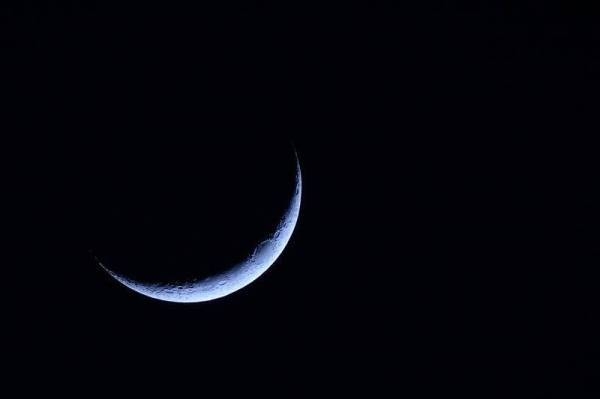Eid Al Adha 2025, one of Islam’s most important holidays, is dependent on the international sighting of the Dhu Al Hijjah crescent moon. This moon signals the beginning of the last month of the Islamic lunar calendar and determines the date for the Day of Arafah and Eid festivities. Each nation has its own set of procedures for sighting the moon, merging tradition, local visibility, and astronomical calculations to establish the beginning of Dhu Al Hijjah.
Saudi Arabian religious leaders confirmed sighting of the moon on May 27, which sets Arafat Day on June 5 and Eid Al Adha on June 6. Since it hosts the Hajj pilgrimage, the announcement of Saudi Arabia has a bearing on numerous other Gulf and international nations. It is declared by the Supreme Court following examination of testimony from astronomers and moon sighters.
There are others, including Pakistan, India, Bangladesh, and Morocco, which have their own independent moon sightings. Pakistan’s Ruet-e-Hilal Committee, for example, announced that it did not spot the moon on May 28 and hence, Dhu Al Hijjah started on May 29 and Eid on June 7 was confirmed. These variations in different regions are caused by local atmospheric conditions, geographical location, and strict adherence to traditional moon-sighting practices.
While with the aid of contemporanities like moon-sighting apps, telescope information, and international coordination accuracy has been improved, most communities still place great importance on naked-eye visual sighting. This combination of ancient practice and scientific approach illustrates the diversity and oneness in how Muslim-majority countries and international communities welcome the blessed days of Eid Al Adha.








